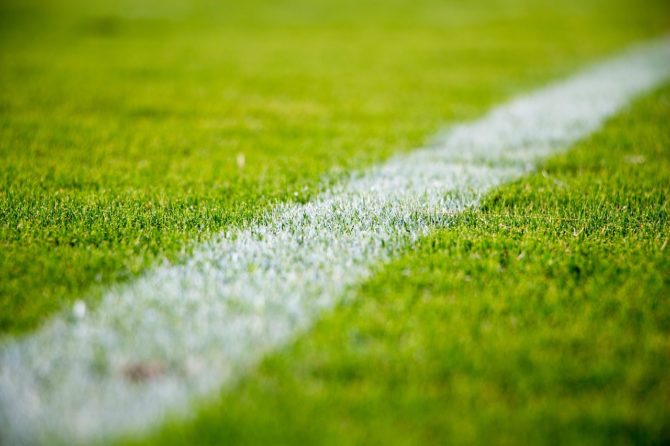
Turf Toe Troubles
Why ‘turf’ toe?
Big toe sprains often occur in athletes such as football, soccer, and baseball players. Since these sports are played on grass or turf, the injury has been dubbed ‘turf toe.’
Causes
Injury occurs when the toe is either jammed inward or bent backward beyond the range of normal flexibility. This is a sudden event, not an overuse injury. A toe sprain is more likely in athletes who perform cutting and sprinting movements on artificial turf. Grass is the preferred surface as it provides a softer impact. Improper footwear can also contribute to these injuries. Athletes should always wear the proper shoes for their particular sport. If you are at risk for a re-injury or want to avoid a bad stub, opt for shoes stiffer through the forefoot and toes.
Signs & Symptoms
There has never lived a person who could sprain their big toe and not at least wince. Most people will know they have suffered an injury by the immediate pain shooting through their toe. Overextension and impact on the joint causes damage to ligaments which causes bruising and swelling. In severe cases, there could be damage to the bones at the joint, resulting in increased pain.
Complications
Turf toe not only results in a great deal of immediate pain but as the injury goes untreated, further damage could also be occurring. Joints become less flexible and you are more likely to develop arthritis. Hallux Rigidus, extreme limited mobility of the big toe, can lead to problems with balance and performance, leaving you at a high risk for re-injury. If your joint suffers further damage, a minor injury could turn into a chronic condition that impacts your game.
Diagnosis
Diagnosis is made by taking an account of the injury event and coupling it with a physical exam. Many podiatrists will take x-rays to rule out bone fractures or other, more serious injuries. It is important to visit your podiatrist early and not wait until symptoms recede and then reappear.
Treatment & Healing
Treatment for a sprained toe is RICE–rest, ice, compression, and elevation. If the bone is not damaged, then the only thing to do is wait for healing to occur. While recovering, you will want to switch to stiffer footwear that will protect the big toe from any unnatural movements. If you return to activity before your toe is fully healed, you risk re-injury and chronic pain and stiffness. Additional therapies such as laser therapy can help speed up healing time.
If you think you have sprained your toe, visit the FAAWC immediately. Faster diagnosis and treatment means less time sitting on the sidelines. Get back in the game faster with proper care.
